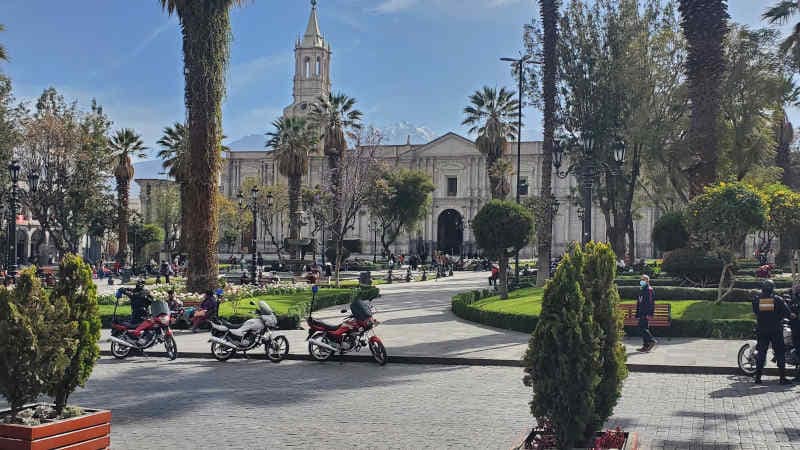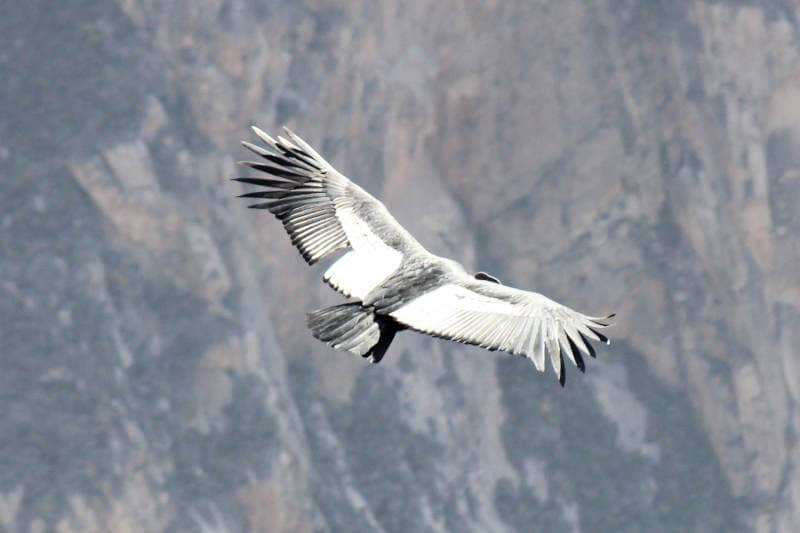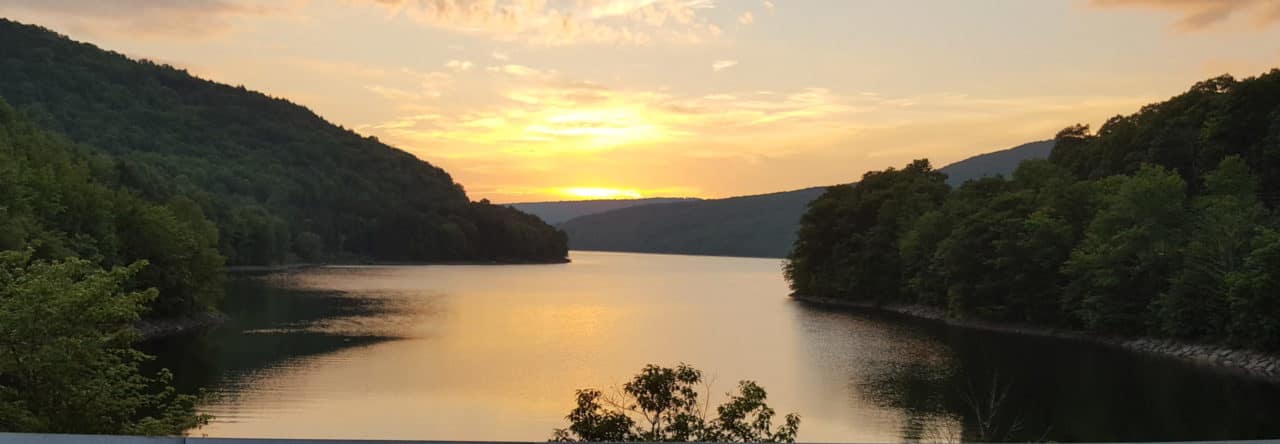These are the things that I get myself into when I don’t get much sleep. Then again, I probably would have still done it anyways! I do want to disclose that we didn’t start from the canyon’s highest point nor did we go into the deepest part of the canyon but it was still about 4,000 feet of difference from the highest point to the lowest point. This adventure would start from Peru’s 2nd most populated city, Arequipa. This city is beautiful with buildings constructed of volcanic rock. It is also surrounded by volcanoes!

For my hike of the Colca Canyon I had the choice of doing it in two days or three days. I’d previously spent the past two weeks in cities and I was looking for some relaxation so I opted for the three day hike. Apparently this is not very common and there was only one other person. Everyone else does it in two days and we were both glad we chose three days for reasons which will be explained later.
Andean Condors
Like so many of my adventures, we got an early start. I had to be ready to go by 3 a.m. After two hours of driving we stopped at an overlook where Andean Condors like to ride the thermals. These condors are the heaviest flying birds and can have wingspans that reach 11 feet! They can go months between meals and can go hours circling the skies without flapping their wings. The Andean condor was considered holy by the Incas.


After a little more driving we arrived to the trailhead for the start of our hike. We were on the southern rim of the canyon which meant that the walls of the canyon were facing the north. This is weird to say but during the day the sun is in the northern part of the sky. While it is indeed winter, we are at a fairly low latitude so the sunlight would be fairly strong. When paired with the high altitude, solar intensity would affect me much more than the elevation would.



After a short hike along the rim we began our downward journey to the bottom. The sides were steep and the trails were just several miles worth of switchbacks. One misstep and you would find yourself falling uncontrollably towards the bottom of the canyon. This wasn’t too much of a concern at first but after hours of being out in the sun and feeling the effects of heat exhaustion I had to be extra careful with where I stepped.

As we descended, sheer walls of columnar basalt towered over us. It was intimidating and unnerving to know that an earthquake could occur at any time that could bring these walls down on top of us and we would have nowhere to go. Fortunately there were no earthquakes and I could admire all the geologic wonders that were there.

Eventually we did make it to the bottom of the canyon. After crossing a bridge across the Colca River it was time to start ascending up the other side a little bit. By this time the heat was really getting to me and I struggled more than I should have. It would not be too much longer until we got to the small town, San Juan de Chuccho, where we would have a lunch (made over a fire) and spend the night. Avocados are grown in this valley and it was served with every meal. The food we had while staying here was excellent and the woman was very nice. It is impressive because there is no road nor is there any electricity. After lunch, the people hiking the canyon kept going another 3 miles while I got to relax in the canyon and take in the views.

It took me a few hours of hydrating and resting to start to feel like myself again. Agnes would have been disappointed as I was not able to finish my lunch. By dinner I had my appetite back and was back to finishing my meals. Stay tuned for part two of the Colca Canyon trek!




































